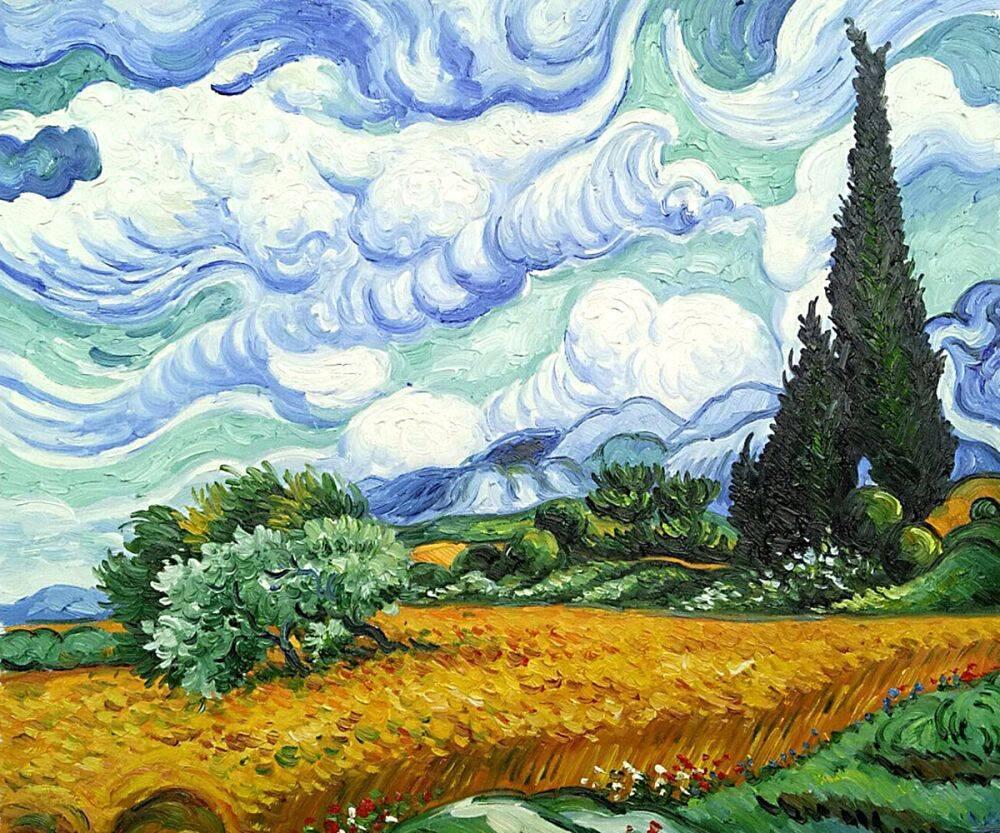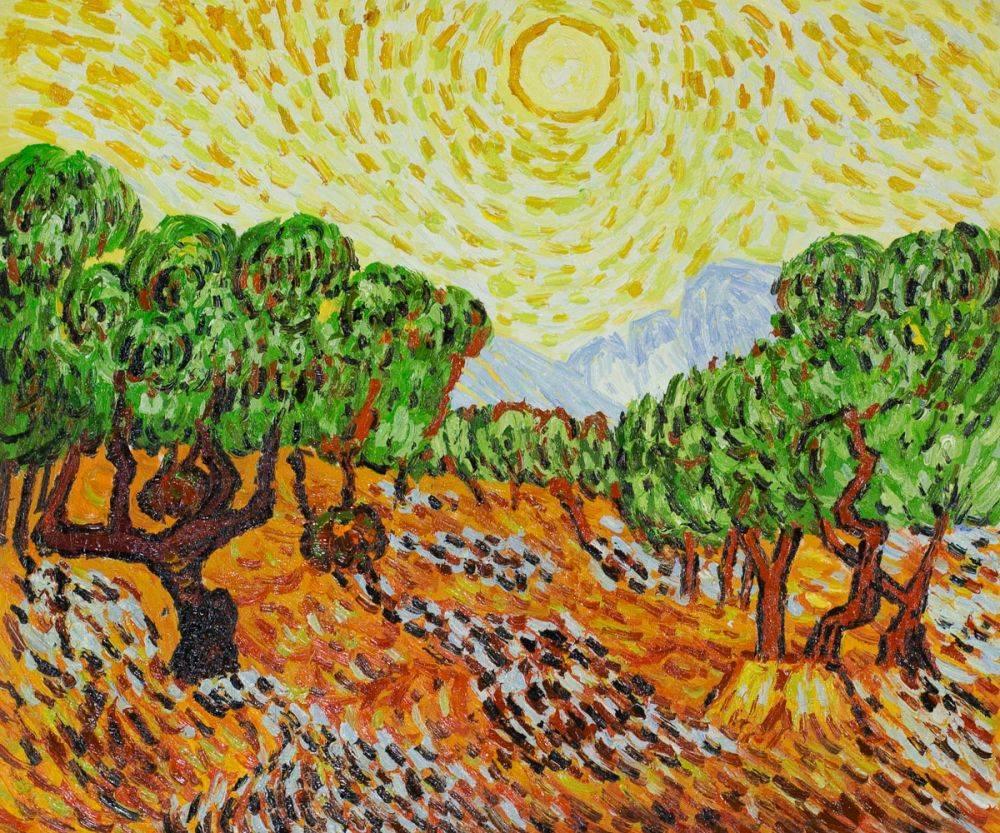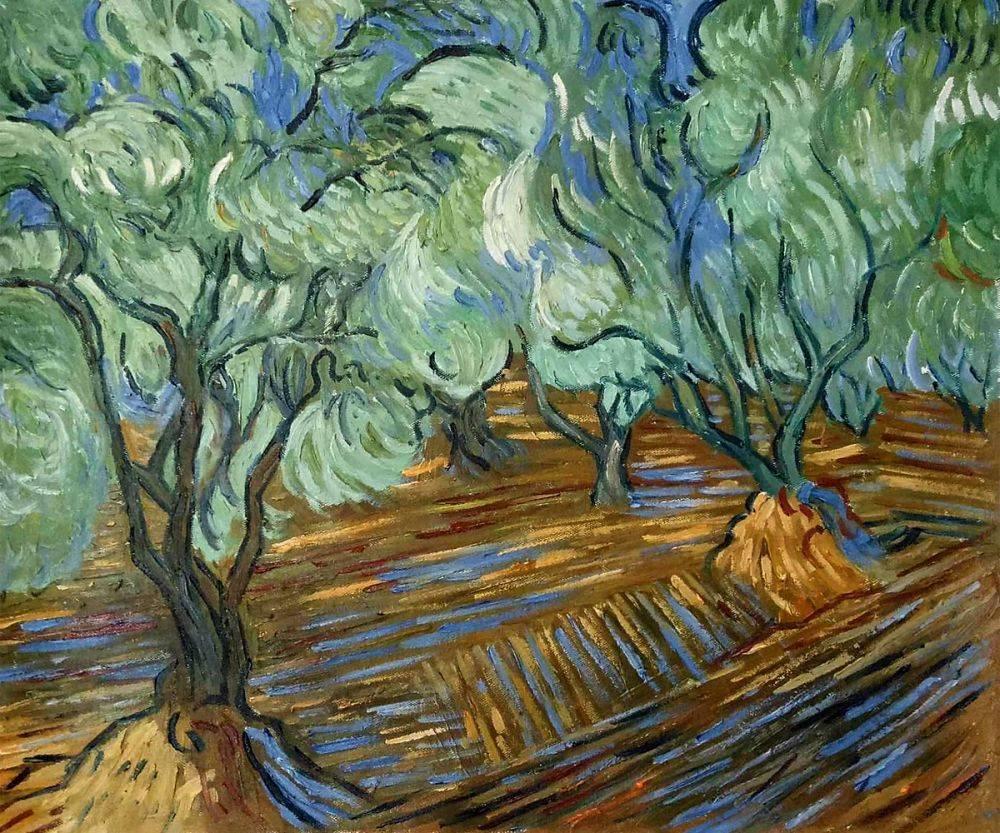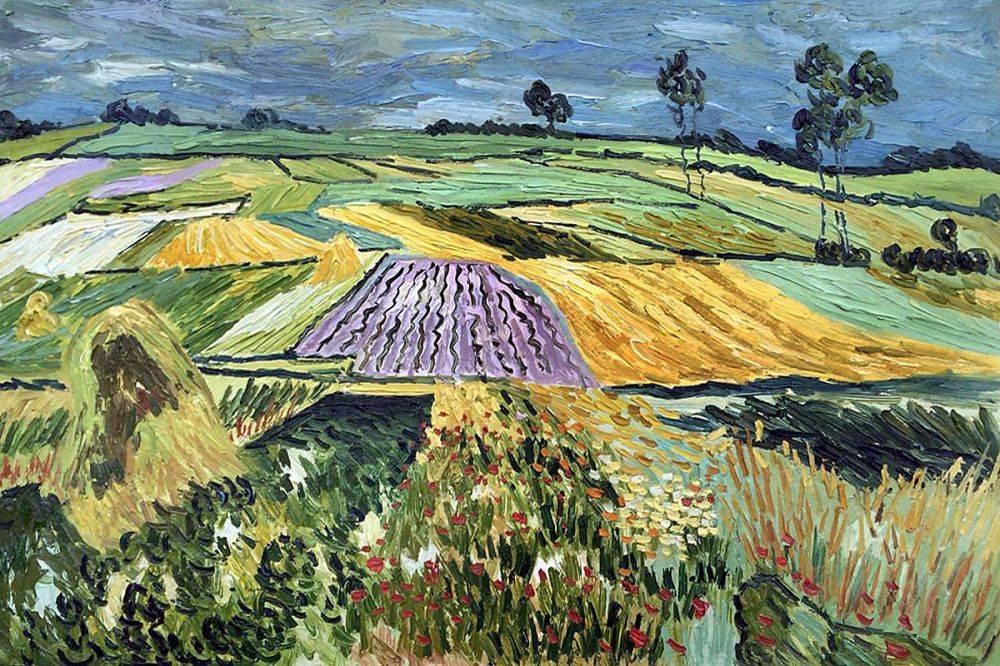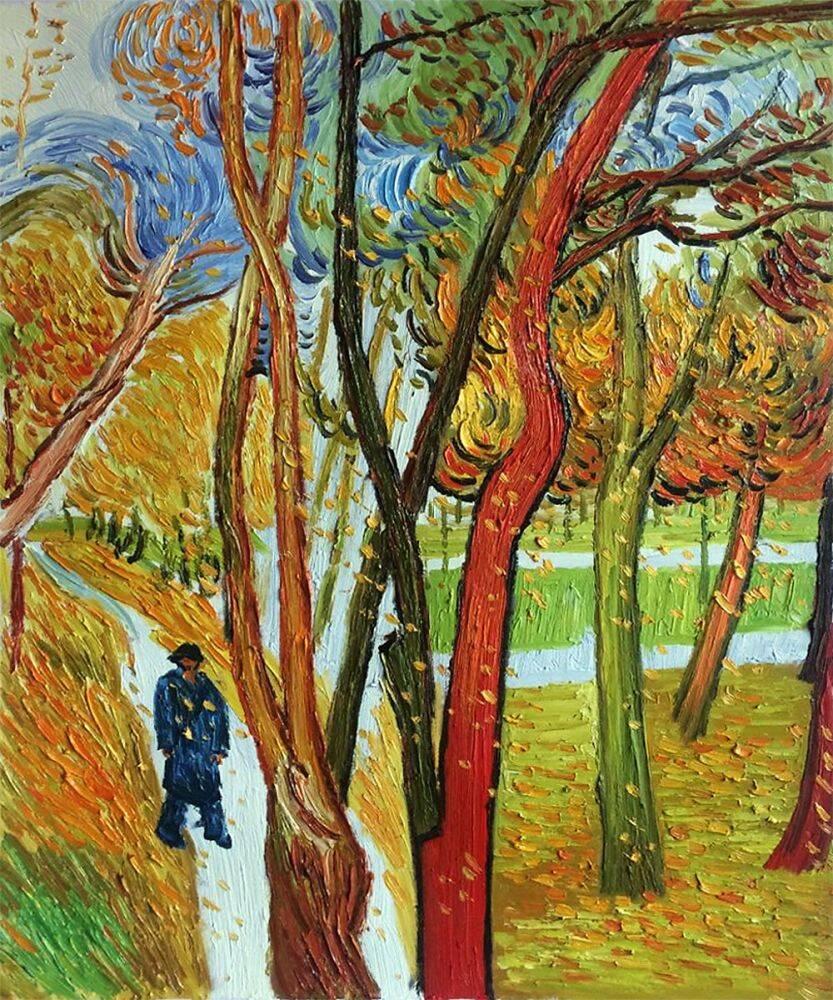Art
Art World News
Vincent’s View: Vue de l’asile et de la Chapelle de Saint-Rémy
It is widely known that during his final years Vincent van Gogh spent time in the Saint-Paul Asylum in Saint-Rémy, France. He had admitted himself due to the crippling depression he suffered from throughout his life. It was during this time that he would paint some of his most iconic pieces, including Starry Night (1889).
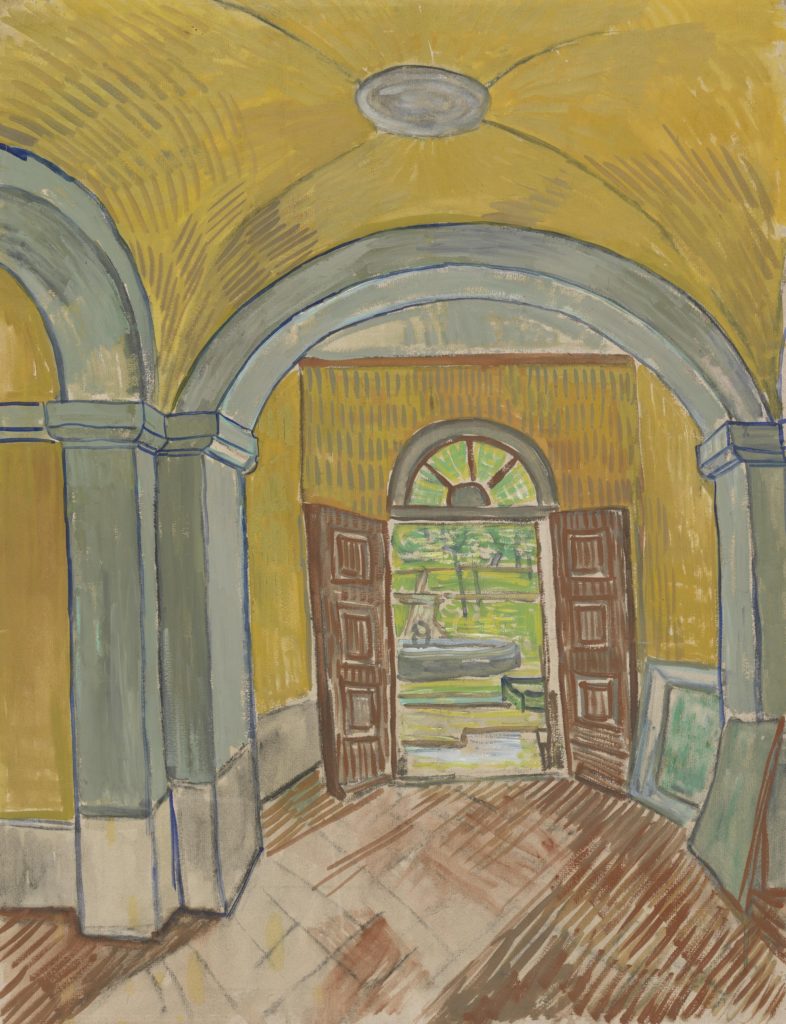
Vestibule in the Asylum
Van Gogh entered Saint-Paul Asylum in May of 1889 and was released in May of 1890. Saint Paul was originally built in the 12th century as monastery, but was converted to an asylum in the 19th century. It was surrounded by olive trees, wheat fields and vineyards. Van Gogh would be given two rooms during his stay at Saint Paul’s. One would be his bedroom and the other would be used as a studio. He would paint scenes of the surrounding grounds during his time at the asylum. Cypresses and olive trees became a subject of interest. He would often paint them on the short walks he was allowed around the grounds of the asylum. During his year there Van Gogh would complete almost 150 works including: Olive Trees with the Alpilles in the Background (1889), Cypresses (1889), and Wheat Field with Cypresses (1889). While he painted several scenes from the grounds and the interior of the asylum, there was only one that he painted of Saint-Paul’s exterior. Vue de l’asile et de la Chapelle de Saint-Rémy, or View of the Asylum and Chapel of Saint-Rémy was painted in the Fall of 1889, less than a year before his death in July of 1890. As with many of his paintings during this time Van Gogh would send the painting to his brother, Theo.

Vincent van Gogh – Vue de l’asile et de la Chapelle de Saint-Rémy
Theodorus “Theo” van Gogh was Vincent’s younger brother, and an established art dealer during his lifetime. In addition to the impact he made on Vincent’s art career, Theo was also influential in growing the interest in the Impressionism movement. It was Theo who convinced his employers, Goupil & Cie, to purchase and promote artists such as Claude Monet and Edgar Degas. After Vincent’s death Theo would inherit all of Vincent’s estate, including all remaining artworks. Over the next few months Theo’s health would rapidly deteriorate. He would die six months after his older brother in January 1891.
After Theo’s death his widow, Johanna van Gogh-Bonger, would continue to promote Vincent’s works. In 1905 Johanna and her new husband, Johan Cohen Gosschalk, organized a large exhibition of Van Gogh’s works at the Stedelijk Museum. It was in this exhibition that art collector Paul Cassirer would first see Vue de l’asile et de la Chapelle de Saint-Rémy. Cassirer bought the painting in 1907 and added it to a travelling exhibit.
In 1963 American art dealer, Francis Taylor, would purchase the piece on behalf his daughter, actress Elizabeth Taylor. Ms. Taylor had an extensive art collection that included works by Degas, Matisse, and Pissarro. From its acquisition in 1963 until her death in 2011 Van Gogh’s Vue de l’asile et de la Chapelle de Saint-Rémy would hang in the living room of Ms. Taylor’s Bel Air home. After her death, Taylor’s art collection would be auctioned by the famous auction house Christie’s. In 2012 the piece would sell for almost $16 million to an anonymous bidder.
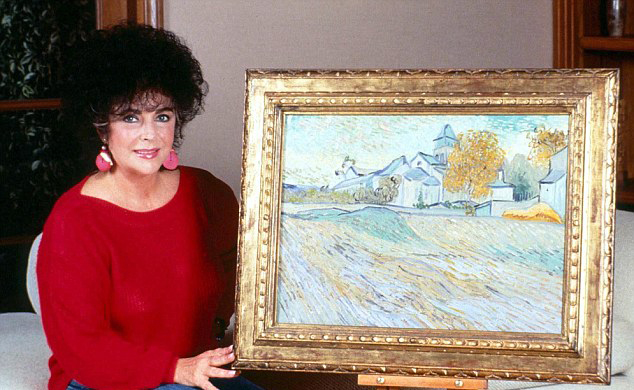
Elizabeth Taylor posing with Vue de l’asile et de la Chapelle de Saint-Rémy
Now, six years later, Vue de l’asile et de la Chapelle de Saint-Rémy is heading back to auction. Christie’s will once again be facilitating the auction in May 2018. Due to a stable market and increased interest in Van Gogh’s works, Vue de l’asile is expected to bring around $35 million this spring.
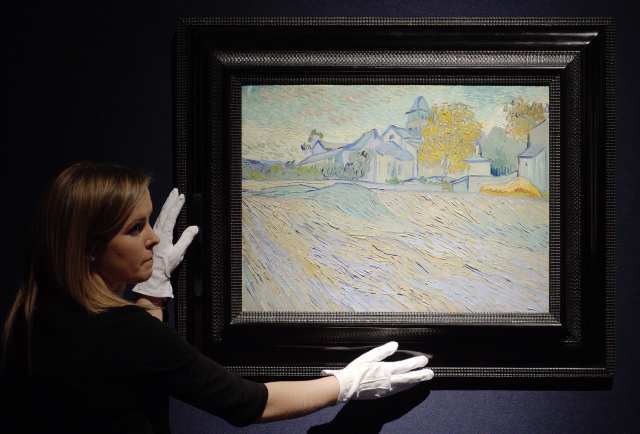
Christie’s staff posing with Vue de l’asile et de la Chapelle de Saint-Remy by Vincent van Gogh in 2012
See our entire Van Gogh collection here.

